Since the 1950s, most of the acid grassland in Wales has been subjected to extended periods of intensive sheep grazing, though exceptional examples of the habitat persist at Breidden Hill and Stanner Rocks. The years of intensive grazing pressure caused high levels of eutrophication that have since been exacerbated by increasing levels of atmospheric nitrogen deposition. The impact of these pressures on the habitat has been devastating, with vast areas of species-poor acid grassland forming landscapes virtually devoid of biodiversity interest, particularly in the Welsh uplands.
Acid grassland
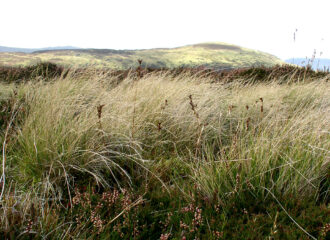
Reference state 1 – Acid grassland
Acid grassland in Wales tends to be species-poor, comprising a small number of dominant grasses and forbs – here the sward is dominated by mat grass (Nardus stricta) and heath rush (Juncus squarrosus). The structure of this grassland suggests that it wasn’t recently overgrazed, though historically almost certainly was. In fact, much of the acid…
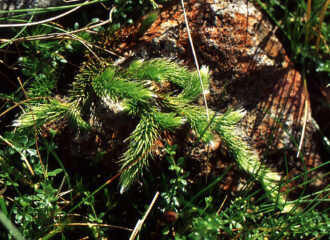
Reference state 1a – Acid grassland
Some of the less disturbed areas of acid grassland will still support clubmosses, like the stag’s horn clubmoss (Lycopodium clavatum) – seen here in association with heath bedstraw (Galium saxatile) which a common component of acid grassland. However, this clubmoss has been identified by Plantlife as one of a priority species for conservation in the…
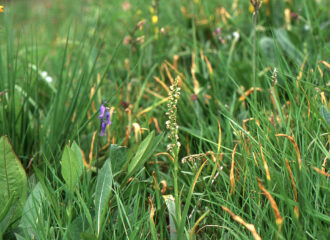
Reference state 2 – Acid grassland
Unlike the grasslands on the more acidic upland soils, some hay meadow habitats that are mildly acidic and close, in terms of trophic status, to neutral grasslands can be extremely species-rich and support a good range of scarce and rare plant species. These might include species such as small white orchid, (Pseudorchis albida), wood bitter…
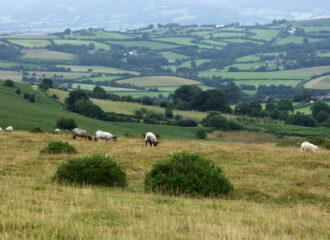
Modified state 1 – Acid grassland
The grasslands of the Welsh uplands, i.e. those areas of land above field enclosures, are mostly acid in nature and dominated by one or more of sheep’s fescue (Festuca ovina), mat grass (Nardus stricta), wavy hair grass (Deschampsia flexuosa) or one of the bent species (Agrostis spp.). However, for the purposes of restoration management, there…
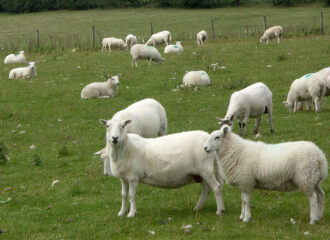
Modified state 1a – Intensively-grazed grassland
It is not uncommon to come across acid grassland that has been closely grazed by sheep and resembling a golf green. These are grasslands provide plenty of physical evidence of overgrazing even when the sheep aren’t present, such as tufts of dead grass lying prone on the surface alongside clumps of similarly coloured wool. These…

